As toddlers begin learning to walk and eat, parents today also teach them the alphabet using blocks, charts, and books. Gradually, children learn to spell, read, and write the letters from 'A' to 'Z.' But nearly 200 years ago, there was actually a 27th letter that came after 'Z.' In 2023, content creator Zack (@zachdfilms3) shared a TikTok video, highlighting the fascinating fact that the English alphabet once included 27 letters instead of 26.
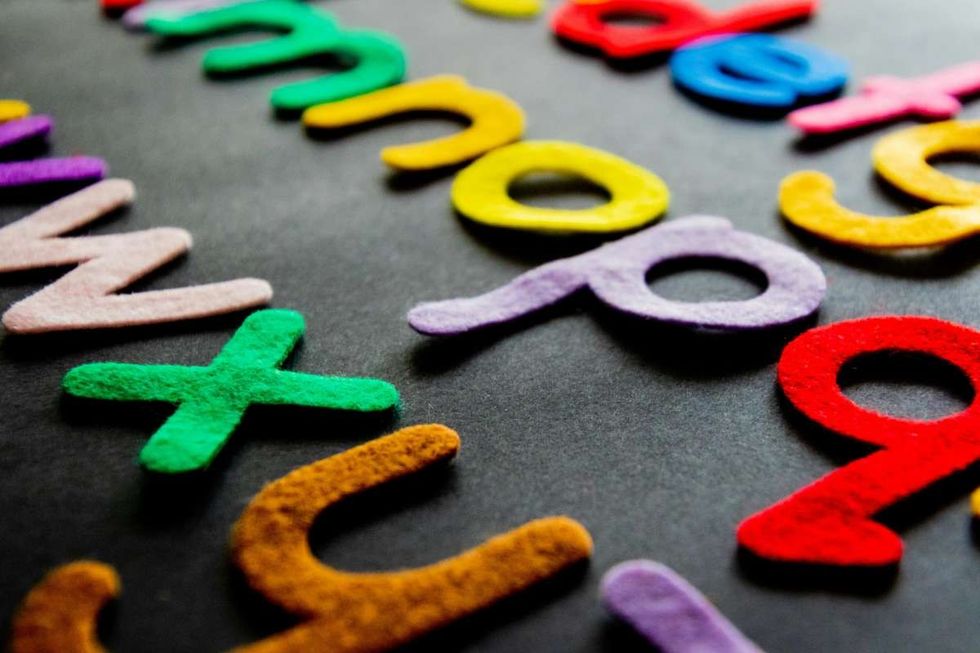
In the video, Zack explained that the 27th letter of the alphabet is "ampersand," denoted by "&." "This is an ampersand, and believe it or not, this used to be the 27th letter of the alphabet," he said in the video, adding that "back in the day, the symbol came after the letter 'Z.'" However, "students weren't allowed to just say 'and' after Z," he noted. Instead, they were taught to differentiate the symbol by saying "and per se and". "It sounded something like this," he explained, spelling it as, "Q R S T U V W X Y Z and per se &." When this phrase "and per se &" is recited speedily, it sounds like the word "ampersand."
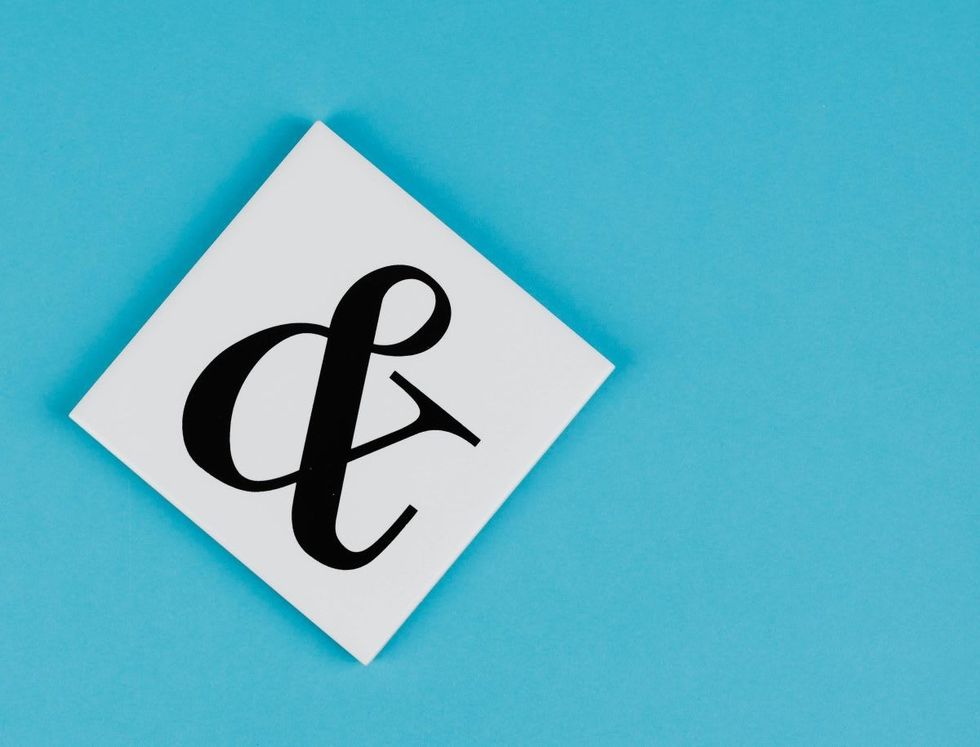
Zack is not the only one who has shared this intriguing fact. Another person who goes as u/harrelloveart on Reddit posted about it in r/GameTheorists, saying, "I’m here to tell you that there is a 27th letter in the alphabet. Back in 1835, the English alphabet, right after the letter 'Z' the 27th letter is an ampersand '&.'"
The 27th letter of the alphabet
byu/harrelloveart inGameTheorists
Bodleian Libraries, which supports the research at the University of Oxford, also wrote in a tweet that "&" was the 27th letter of the alphabet. "There's something immensely satisfying about writing an '&' - & many artists, typographers & designers would agree," they wrote.
The ampersand, now a symbol, carries a marvelous backstory. In truth, the ampersand "is simply a ligature of the letters E and T (et being the Latin word for and)," as blogger Jonny Gibson, who frequently writes about typography, also explained in an article. According to Moshik Nadav Typography, historians noted the first ever appearance of ampersand in a Pompeii graffiti. Today, typographers, typesetters, and graphic designers use it to create stunning designs, logos, calligraphy, and fonts.
Gibson explained that this ligature was eventually absorbed into other alphabets in the language as Romans expanded their empire across the globe. Over time, the ampersand was completely declassified within the English alphabet and its usage decreased. Apart from Roman expansion, another reason for discarding the ampersand was that it was the only letter in the English alphabet that did not represent a "speech sound."
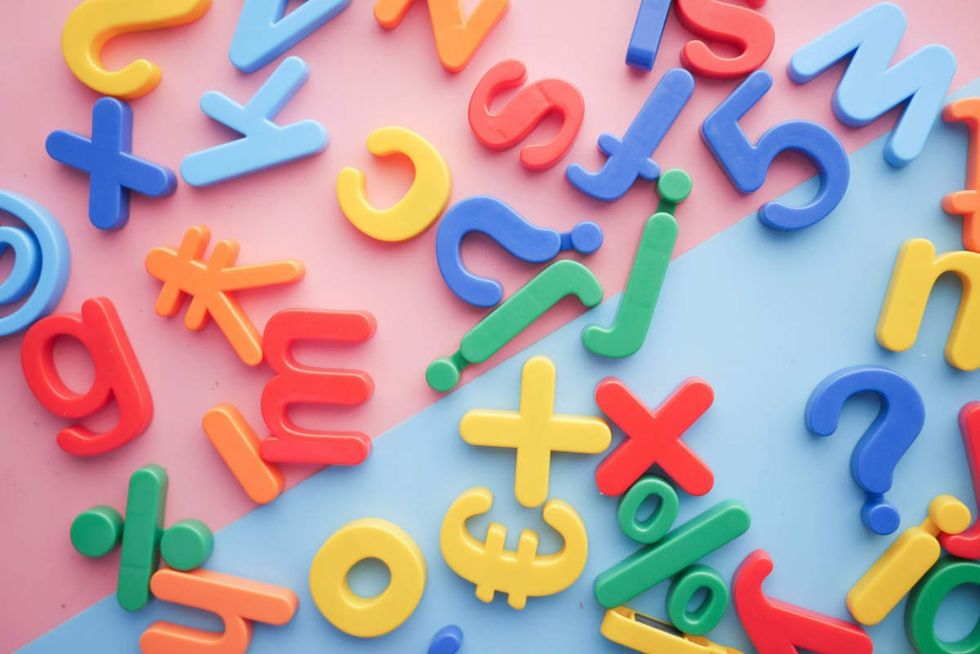
However, it's not only the "ampersand" whose life history has been changed by scribes and linguists. The English language didn’t lose just one letter over the years, but six letters. In a video titled “The 7 Forgotten Letters of the Alphabet,” the narrator reveals that in the “Old English” spoken before the Middle Ages, the alphabet orthography included thorn (þ), eth (ð), wynn (ƿ), yogh (ȝ), ash (æ), and ethel (œ), apart from ampersand in the English alphabet system.
While Thorn (þ) was pronounced with a "th" sound, Ethel (Œ) was pronounced as "oi" as in "oil." Yogh (ȝ) was spelled as "ch," and Wynn (ƿ) was replaced by a "w." "The letters we no longer see gradually fell out of use as printing presses developed a type-setting system. At first 'Eth' and 'thorn' were replaced with 'Y' in some typography and signage," Anne Babson, an English instructor at Southeastern Louisiana University with a background in late Medieval European languages, told Reader’s Digest.
One Reddit user explained why the ampersand was removed from the alphabet. "It was removed due to its lack of necessity. This is the same reason that þ (thorn) and ŋ (eng) were removed from use and subsequently the alphabet. It has been demoted to the status of the ‘extra characters,’ no longer being a part of the alphabet. The variation of the Latin alphabet used in English only has 26 letters. No more, no less," wrote u/Robin_RhombusHead.
@zachdfilms3 Visit TikTok to discover videos!
You can follow Zach on TikTok and YouTube for more science and history facts.
Editor's note: This article was originally published on August 1, 2024. It has since been updated.
















 Packhorse librarians ready to start delivering books.
Packhorse librarians ready to start delivering books. Pack Horse Library Project - Wikipedia
Pack Horse Library Project - Wikipedia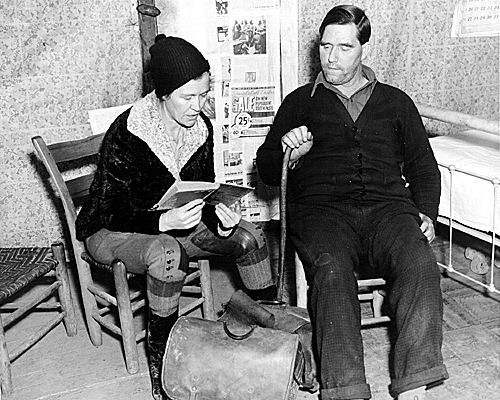 Packhorse librarian reading to a man.
Packhorse librarian reading to a man.
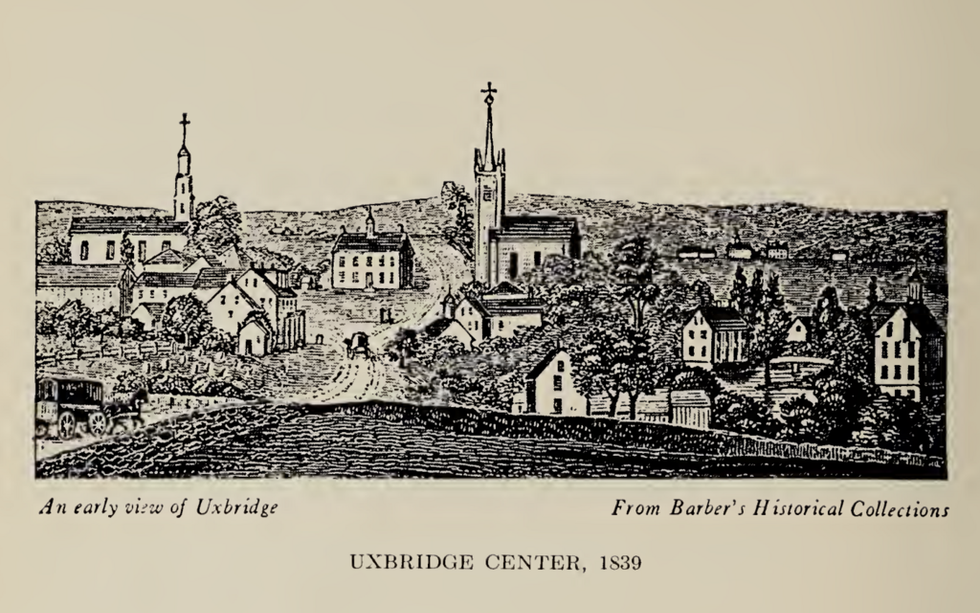 Fichier:Uxbridge Center, 1839.png — Wikipédia
Fichier:Uxbridge Center, 1839.png — Wikipédia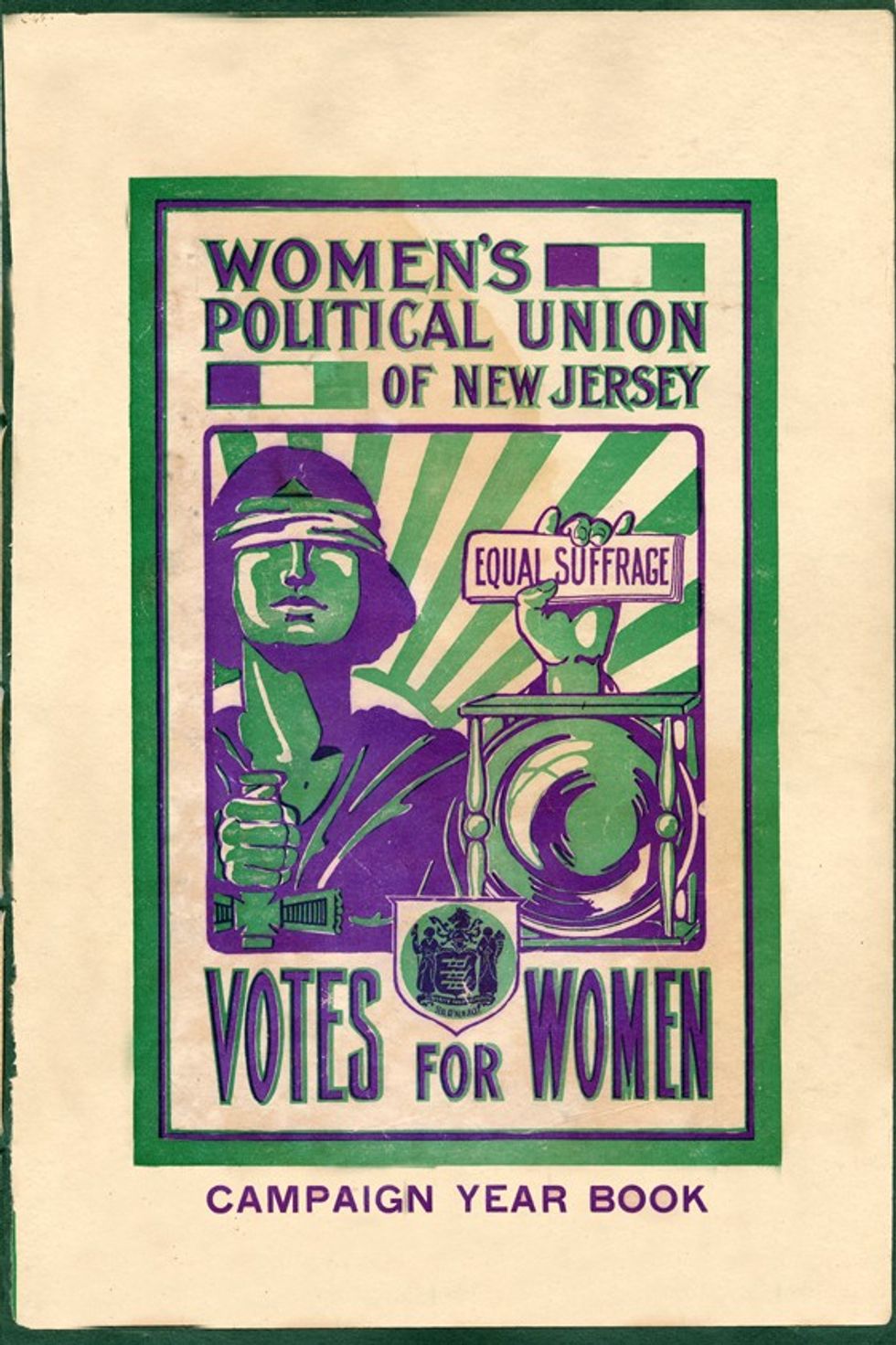 File:Women's Political Union of New Jersey.jpg - Wikimedia Commons
File:Women's Political Union of New Jersey.jpg - Wikimedia Commons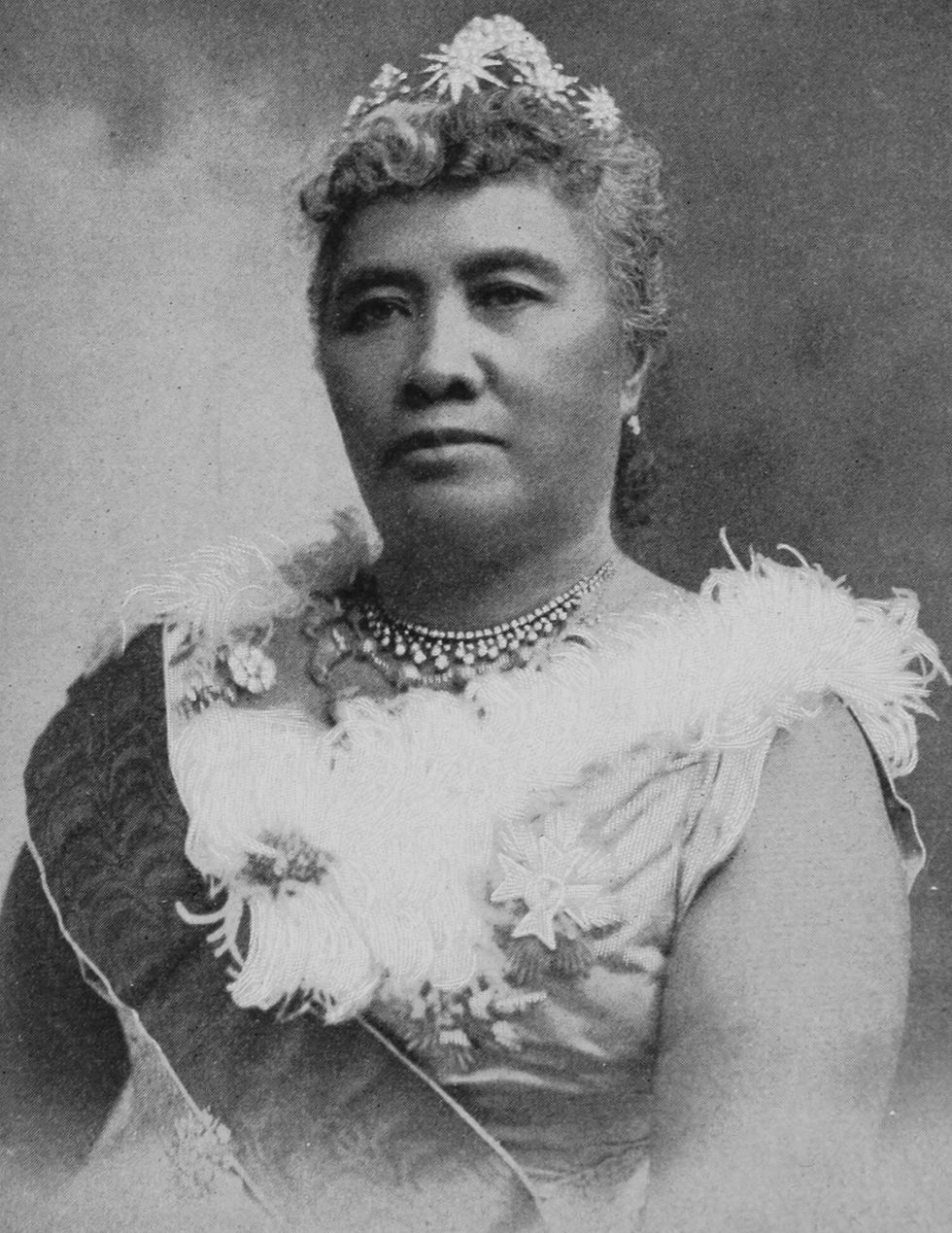 File:Liliuokalani, photograph by Prince, of Washington (cropped ...
File:Liliuokalani, photograph by Prince, of Washington (cropped ...
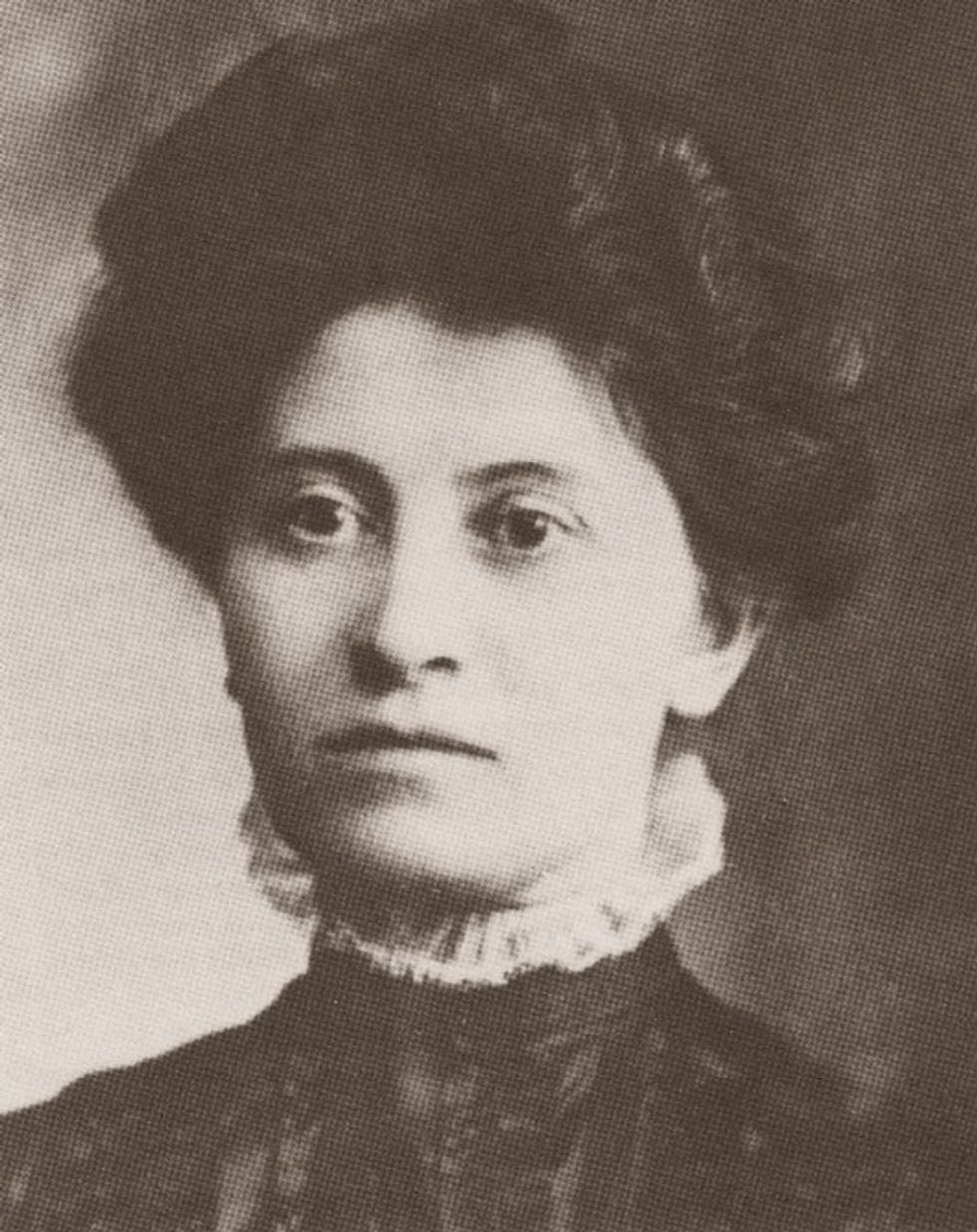 Theresa Malkiel
commons.wikimedia.org
Theresa Malkiel
commons.wikimedia.org
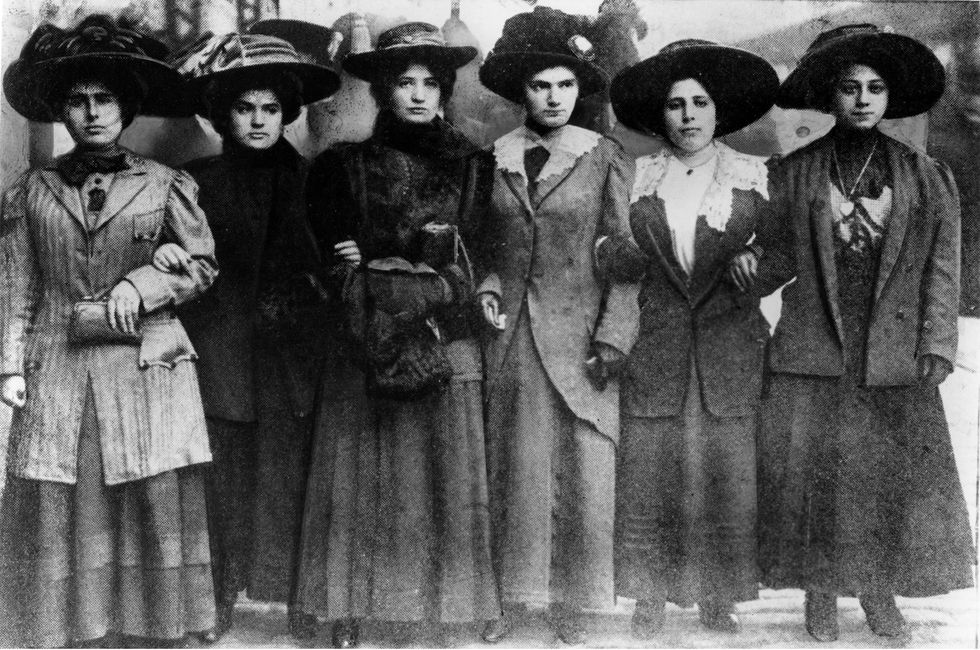 Six Shirtwaist Strike women in 1909
Six Shirtwaist Strike women in 1909
 U.S. First Lady Jackie Kennedy arriving in Palm Beach | Flickr
U.S. First Lady Jackie Kennedy arriving in Palm Beach | Flickr
 Image Source:
Image Source:  Image Source:
Image Source:  Image Source:
Image Source: 


 Representative Image Source: Plant growing in sand (Getty Images)
Representative Image Source: Plant growing in sand (Getty Images) Representative Image Source: Naracoorte Caves, South Australia. An archeologist brushes soil from fossils at an excavation site.(Getty Images)
Representative Image Source: Naracoorte Caves, South Australia. An archeologist brushes soil from fossils at an excavation site.(Getty Images) Representative Image Source: Italy, Campania, Pompei . Pompei archaeological site, amphora and pottery details (Getty Images)
Representative Image Source: Italy, Campania, Pompei . Pompei archaeological site, amphora and pottery details (Getty Images) Representative Image Source: Woman's hands using a brush to clean up a piece of ancient pottery on an archaeological site (Getty Images)
Representative Image Source: Woman's hands using a brush to clean up a piece of ancient pottery on an archaeological site (Getty Images)